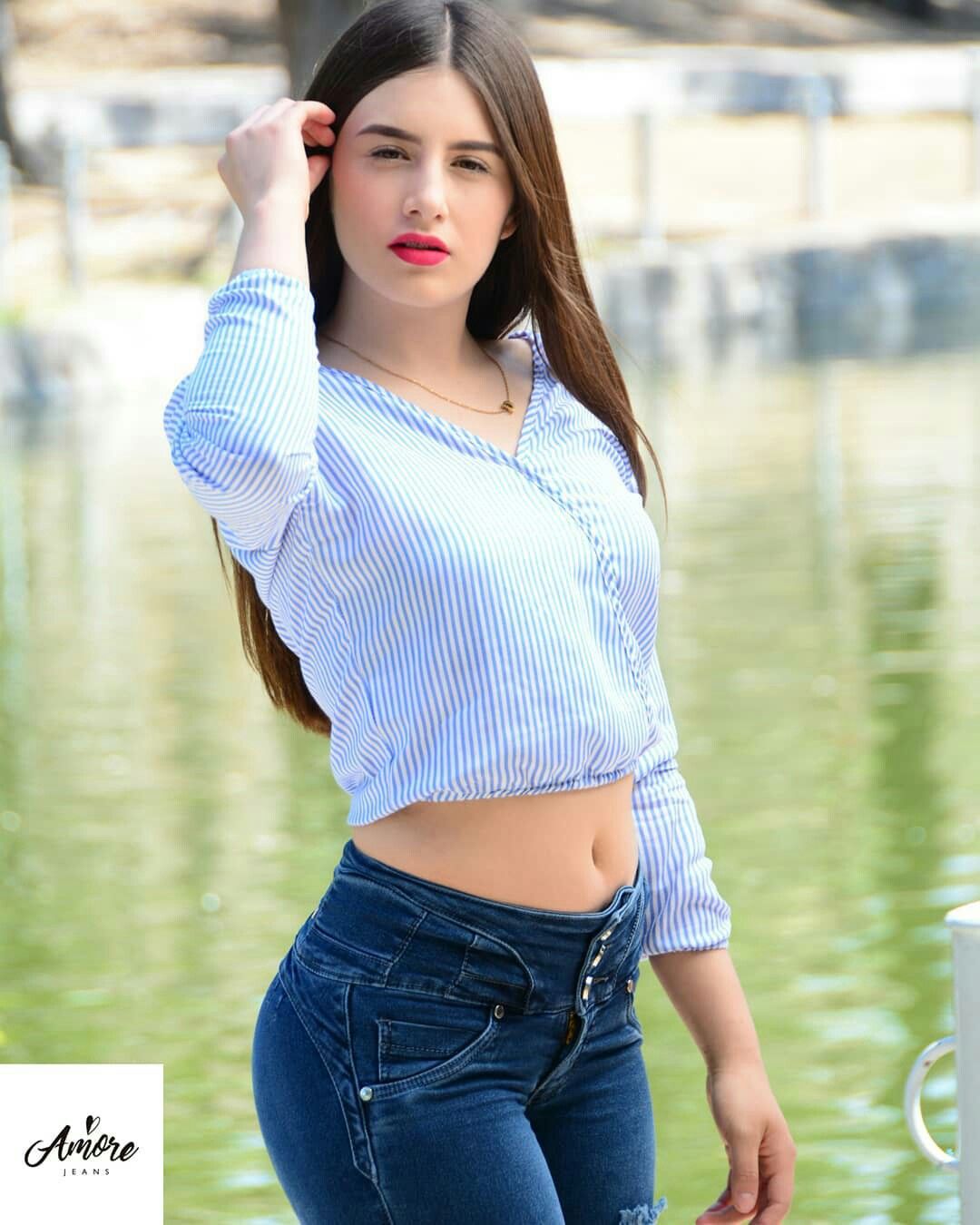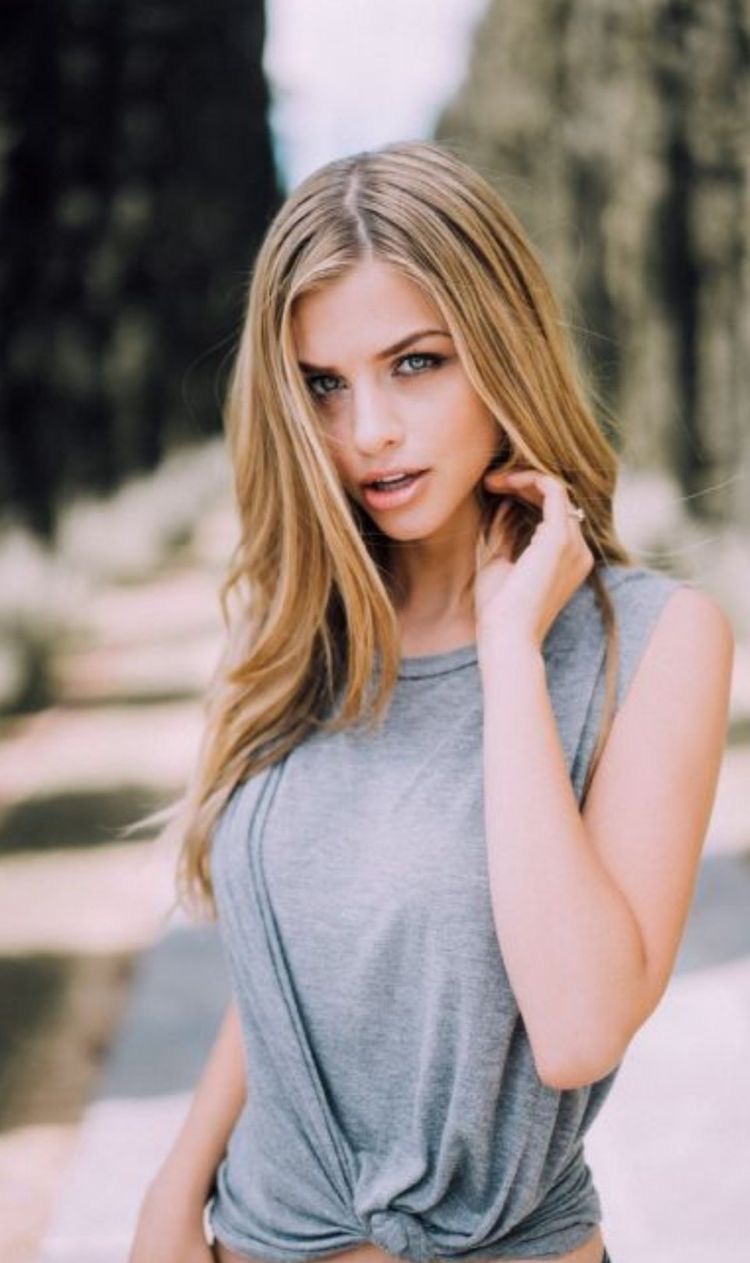Is beauty truly in the eye of the beholder, or are there universally recognized standards that define what we perceive as beautiful? Across cultures and throughout history, the concept of beauty has captivated artists, philosophers, and the general public alike, leading to an endless quest for understanding and appreciation.
The search for beautiful women is a timeless pursuit, reflected in the vast number of images, photographs, and depictions available across various platforms. From the classical ideals of ancient Greece to the modern-day fashion runways, the allure of feminine beauty has consistently held a significant place in our collective consciousness. These diverse representations, ranging from stock photos to artistic interpretations, highlight the multifaceted nature of beauty and the evolving standards that shape our perceptions. Consider the sheer volume of images readily accessible. Pixabay, a popular repository, boasts over 300,000 free images of beautiful women, demonstrating the widespread interest in this subject. Similarly, Shutterstock offers a staggering collection of over 32 million high-definition images featuring beautiful women, indicating the substantial demand for such visual content. Furthermore, platforms like Pinterest are filled with boards dedicated to celebrating female beauty, curating ideas and inspiration from various sources. These platforms serve as a testament to the continuous fascination with the subject, constantly evolving and adapting to reflect new standards and aesthetics.
To further illustrate the diverse ways in which the concept of beauty is perceived and represented, consider the following table, which explores the varying standards and characteristics associated with this subjective concept:
| Aspect | Description | Example |
|---|---|---|
| Physical Features | Refers to the observable characteristics of a person, often influencing perceptions of beauty. | Facial symmetry, clear skin, certain body proportions, and hair color are often considered attractive. |
| Cultural Influences | The values, beliefs, and traditions of a specific culture that shape aesthetic preferences. | In some cultures, a slender physique is prized, while in others, a fuller figure is considered more desirable. |
| Historical Context | Beauty standards evolve over time, reflecting societal changes and influences. | The ideal female form in the Renaissance differed significantly from the waifish figures popular in the 1990s. |
| Personal Preferences | Individual tastes and preferences that contribute to the subjective nature of beauty. | One person might find a particular hair color or style appealing, while another may not. |
| Media Representation | The portrayal of beauty in various media outlets, such as films, magazines, and social media, influencing public perception. | The consistent depiction of certain physical characteristics as ideal can create unrealistic expectations and body image issues. |
| Geographic Variations | Regional differences in beauty standards and preferences. | In some Latin American countries, women with curves are seen as the epitome of beauty. |
| Inner Qualities | Characteristics related to personality, kindness, intelligence, and confidence, often influencing the perception of beauty. | A person’s overall demeanor and the way they carry themselves can enhance their attractiveness, regardless of their physical features. |
One significant aspect of the global perception of beauty involves the geographic locations where these ideals are most celebrated. Recent surveys and polls have indicated that Colombia is often considered a country with exceptionally beautiful women. This perception is fueled by factors such as the country's diverse ethnic makeup, its emphasis on fashion and style, and its strong presence in international beauty pageants. While these perceptions are subjective, they highlight the impact of cultural norms and media representation on shaping these ideals. The cultural influence can be seen through the popularity of pageants and the global acclaim that many Colombian women achieve in the world of modeling and acting. This, coupled with regional variations, creates a complex picture of what beauty means to the world.
The media's role in promoting and shaping beauty standards is undeniable. The availability of images and videos on platforms like Shutterstock and Pixabay is not only a reflection of consumer interest, but also a powerful tool for promoting certain body types, appearances, and lifestyles. These platforms are often driven by commercial interests, further complicating the discourse around beauty and its perceived value. Media frequently showcases models and actresses as embodying the apex of beauty, leading to a constant bombardment of images that, whether intentionally or not, create a sense of pressure to conform to particular aesthetic standards. This can have a profound impact on self-esteem and body image, especially for younger audiences who are still forming their own perceptions of themselves and the world around them.
Furthermore, the search for the ideal female form often involves discussions around age, ethnicity, and the changing landscapes of beauty across decades. The rise of digital media has also created new avenues to explore and disseminate these ideals. Platforms like Pinterest serve as a curated space for aesthetic inspiration, leading to both positive and negative impacts on self-perception. The ability to create mood boards, follow fashion trends, and discover new styles creates opportunities for self-expression and the discovery of beauty. Simultaneously, it exposes individuals to a carefully constructed world of idealized beauty, reinforcing the pressure to conform to certain standards.
The quest for understanding beauty extends beyond the simple admiration of appearances. It encompasses a deeper exploration of cultural influences, personal preferences, and the constantly evolving nature of aesthetic values. The vast collection of imagery available through platforms like Shutterstock and Pixabay represents more than just a collection of photographs; it also represents a window into our collective fascinations and aspirations. Exploring the myriad expressions of beauty throughout the world can help us better understand the diversity of human culture and the subjective nature of individual perception. Therefore, the enduring quest to define and understand beauty is a complex and ongoing process, continually shaped by the influences of culture, history, and personal experience.
The exploration of beauty is further enriched by the availability of resources dedicated to related topics. This vast amount of information and visual materials gives rise to the need to analyze, appreciate, and re-imagine the notion of beauty beyond its traditional forms. The ability to access and explore this wealth of information is what allows us to critically examine the standards and norms we encounter, developing more nuanced and inclusive ideas.
The discourse around beauty is an ongoing conversation. The sheer volume of images available, combined with the impact of various media, underscores the crucial role of critical thinking in navigating and shaping our own perceptions. The exploration of beauty demands a constant reevaluation of norms, preferences, and individual perspectives. As societies evolve and expand, so too will the concept of beauty, continuing to be a vibrant source of fascination, inspiration, and, above all, a reflection of humanity's diverse and intricate nature.



